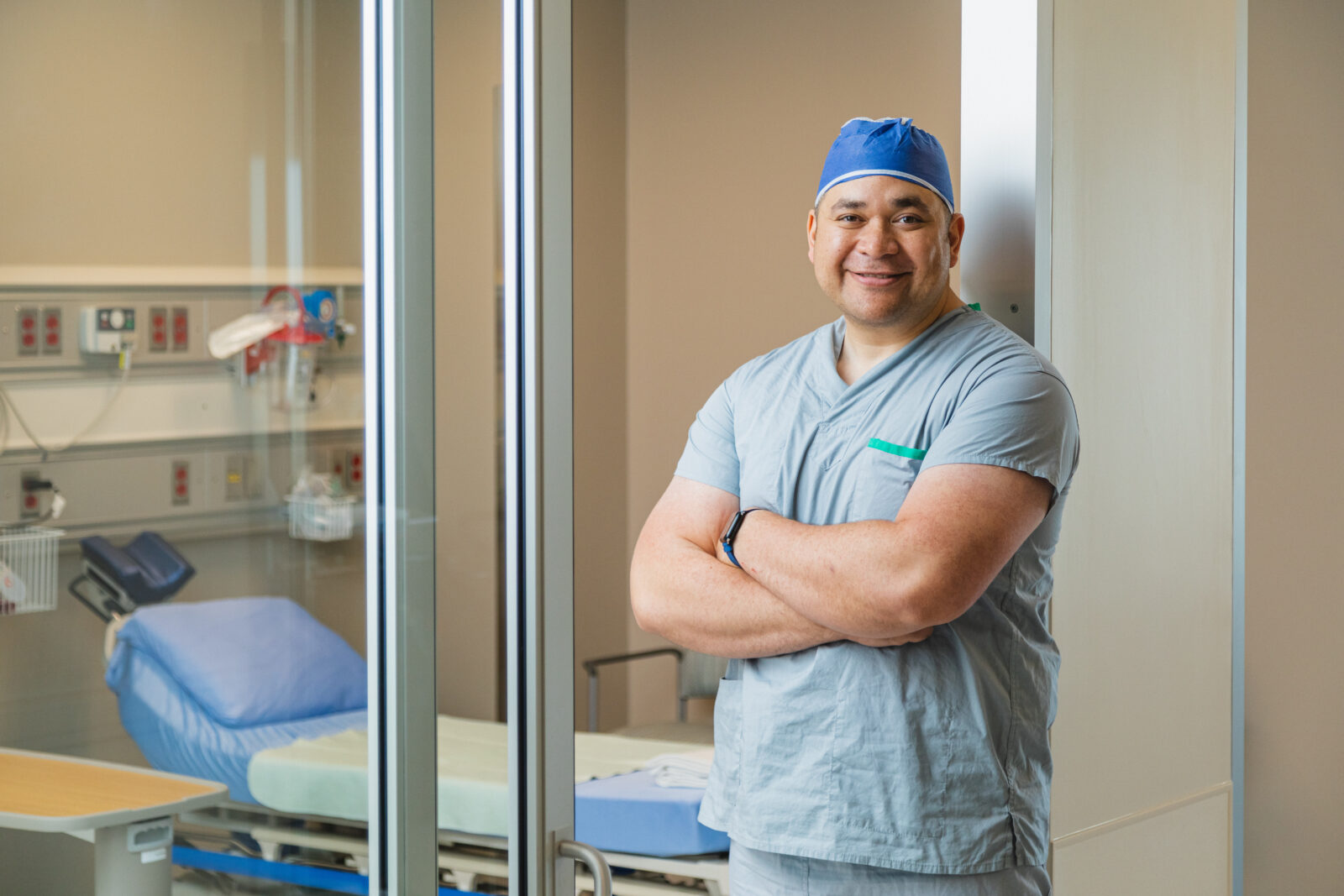There is no miracle cure to the health crisis – but here’s where to start
What seemed like a “miracle solution” of breaking up our single-access system has now become the main problem.

Dr. Alika Lafontaine is President of the Canadian Medical Association
by Alika Lafontaine, Healthy Debate March 7, 2023
Some crises – like the current global pandemic – hit hard and fast, making deep imprints on our lives that are impossible to ignore.
Others move in slow motion, lulling us into a false security that their measured and repeated pressure won’t cause lasting damage. These effects remain profound, but they take time to become full-blown catastrophes.
To be fair, there have been efforts to deal with slow-motion crises in health care. To address stresses on human resources, surgical capacity, burnout and rising costs, we’ve consolidated and decentralized health systems – investing and cutting, expanding and shrinking – as seemed appropriate over the past half-century.
What is clear in retrospect, however, is that slow-motion crises trickled around those solutions, into the fissures and cracks left behind from breaking and putting back together our health systems. Like water running down cracks in a mountain side, the slow drip eventually wore away the hard granite foundation of health care; the people who deliver it.
Let’s be clear: Canada’s 13 health systems are collapsing, albeit at uneven rates. Past “solutions” have pushed the very people that made the health system work in the past to the periphery. Governments are just now waking up to this realization.
When universal health went national in the 1960s, doctors, nurses and other professional staff all worked within hospitals. All services were under one roof. And collaborative teams rallied around their patients.
Then, demand began to overwhelm physical space. To serve more people more efficiently and with greater flexibility, governments broke our single-access systems into different parts. Regionalization and specialization increased.
We now have countless physical locations to access health care, each providing different services and experiences. Fissures. Cracks. Each of these access points contains its own bottleneck of physical space, equipment, doctors, nurses, allied providers and support staff. Each goes it alone, trying to solve its own problems.
The net result for patients is a seemingly impenetrable network of siloes that don’t talk to one another and often can’t keep up with demand. Providers can’t seem to navigate it either. Wider fissures. Wider cracks.
What seemed like a “miracle solution” of breaking up our single-access system into smaller parts has now become the main problem with our systems overall. Our slow-motion crises trickled around this solution, continuing to wear away at the people trying to keep it together.
Today, our eroding foundation is laid bare. Access issues abound. Millions are without a primary-care provider. Keeping track of all the services and experiences that do occur is nearly impossible, so it’s even more difficult to identify real-time bottlenecks and shift resources to clear them. People are barely holding on, working in conditions that are increasingly unhealthy.
There is no miracle cure for these problems. Catastrophes have no quick fixes. There are clear ways we can stabilize and begin rebuilding to bring our health systems back from the brink, however.
Recently, I had the honour of co-authoring a report that offered some workable solutions for today’s crises. I hope governments read them and adopt them all.
One standout solution, in my view, is collaborative team-based care: a return to ensuring smoother, single-access for patients and their families, and supportive networks of health professionals working together, with innovation-incentivized and appropriate virtual care woven in.
It’s a bit of back to the future – where we all rally around the patient again. Where we rebuild the social fabric of health care. While it’s most definitely not the miracle cure, it rebuilds around why our health systems worked in the first place.
Truly repairing that foundation – and healing the people who want and provide health services – only works if we find better ways of doing health care, a suite of measures we at the Canadian Medical Association have been asking for.
We need pan-Canadian licensure so health professionals can freely go to the places we’re needed.
We need data-sharing rooted in a national strategy, way less paperwork, and national collaboration and coordination to rebuild our health-care workforce.
And, of course, we need more money. But not just money. And not just for money’s sake.
All of it. Together. Now. That’s how we’ll get better returns on our already sizable health spend, better access and better outcomes. Better means together.
Let’s hope our governments take note, and as they work through health funding deals, they don’t settle for another “miracle cure.”
Let’s make sure we don’t settle either. It’s not the fast and hard crises that broke our health systems. It’s the slow-motion, measured and steady crises that broke them.
We can fix health care if we go back to supporting the people that made it work in the first place.
| Alika Lafontaine Contributor |
| Dr. Alika Lafontaine is President of the Canadian Medical Association |
![]() Source Healthy Debate
Source Healthy Debate
Also see
Doctors reiterate call for Red Deer Regional Hospital transition plan CBC
Graduating more Alberta doctors is just what the medical system ordered CBC
Taking Back Health Care Public Policy Forum
Comparing health-care systems – a personal journey Healthy Debate
Canada does not have a health-care system Healthy Debate
☞ The end of public health in Ontario
